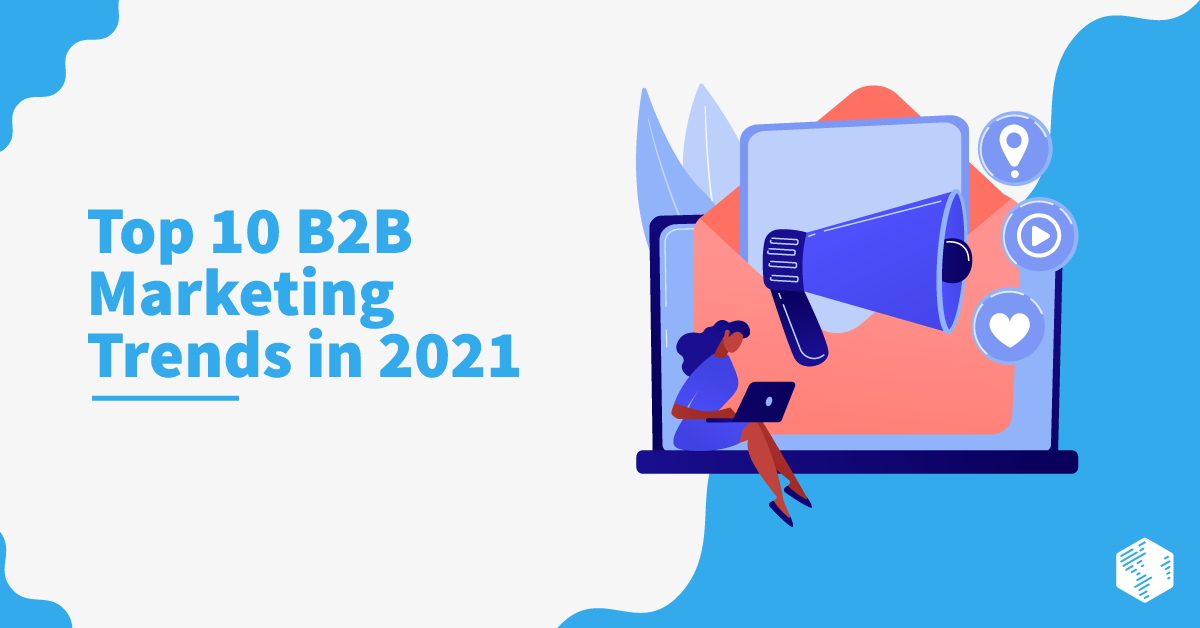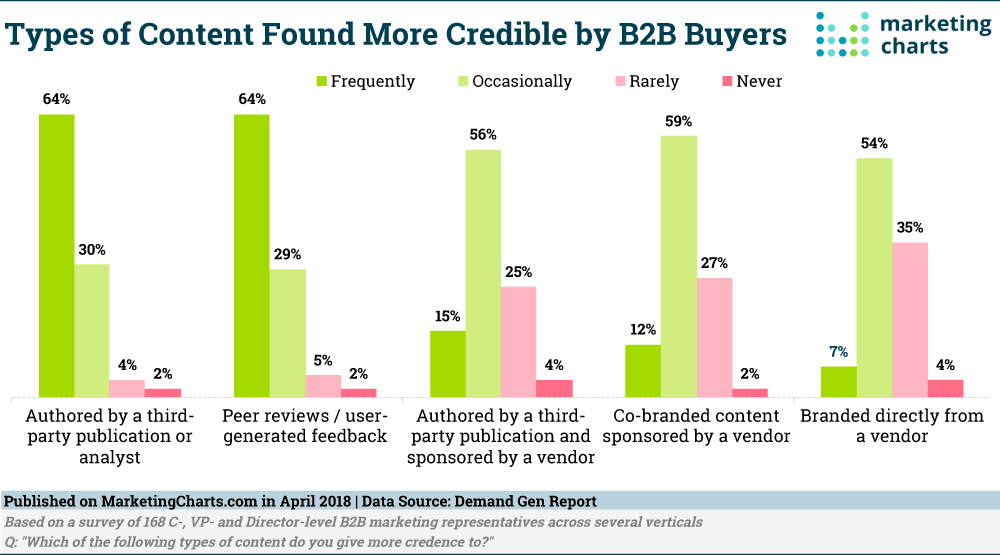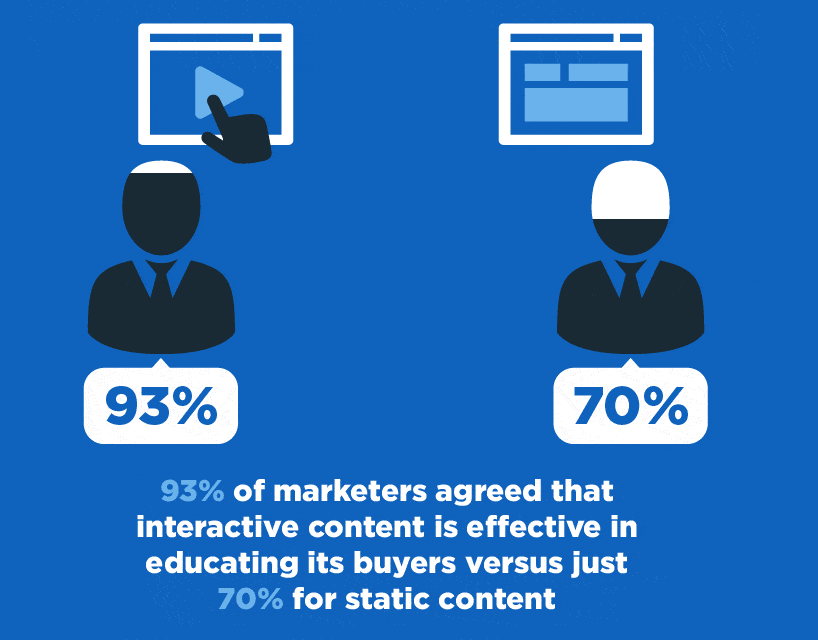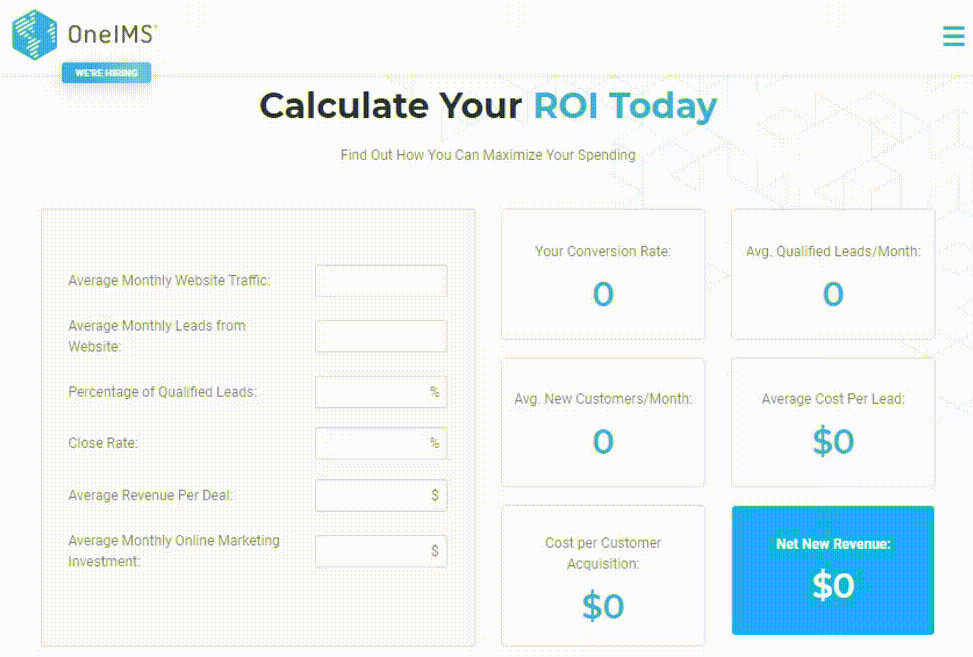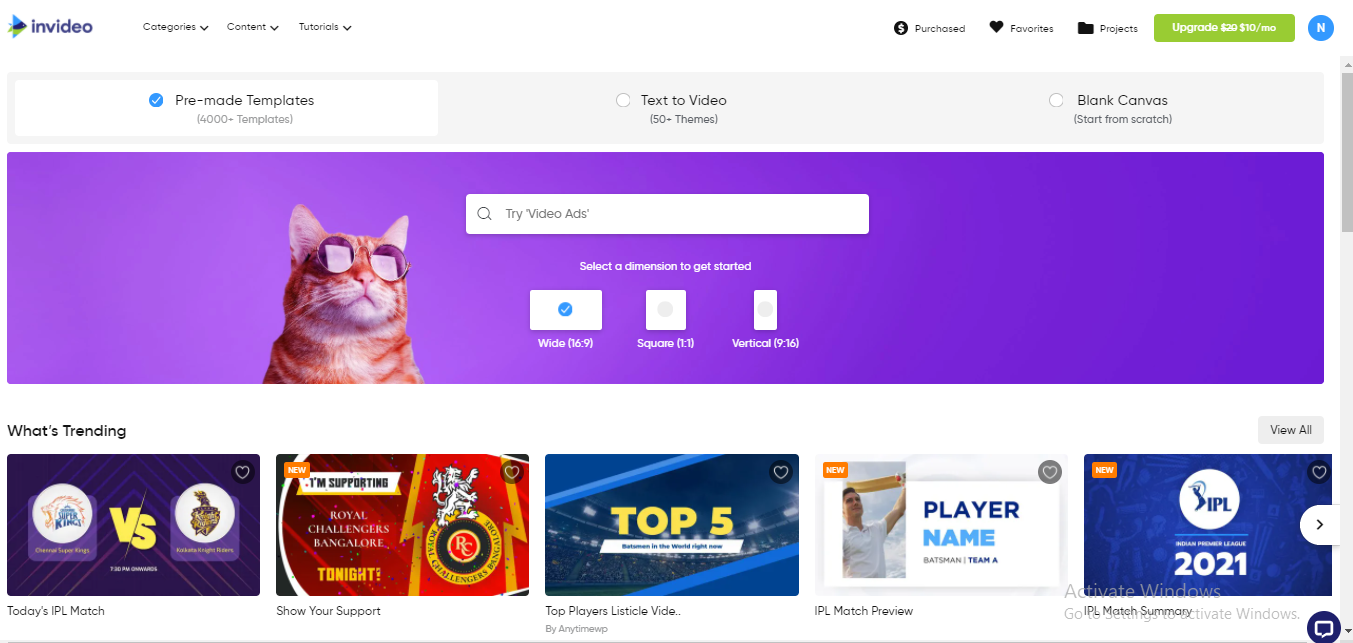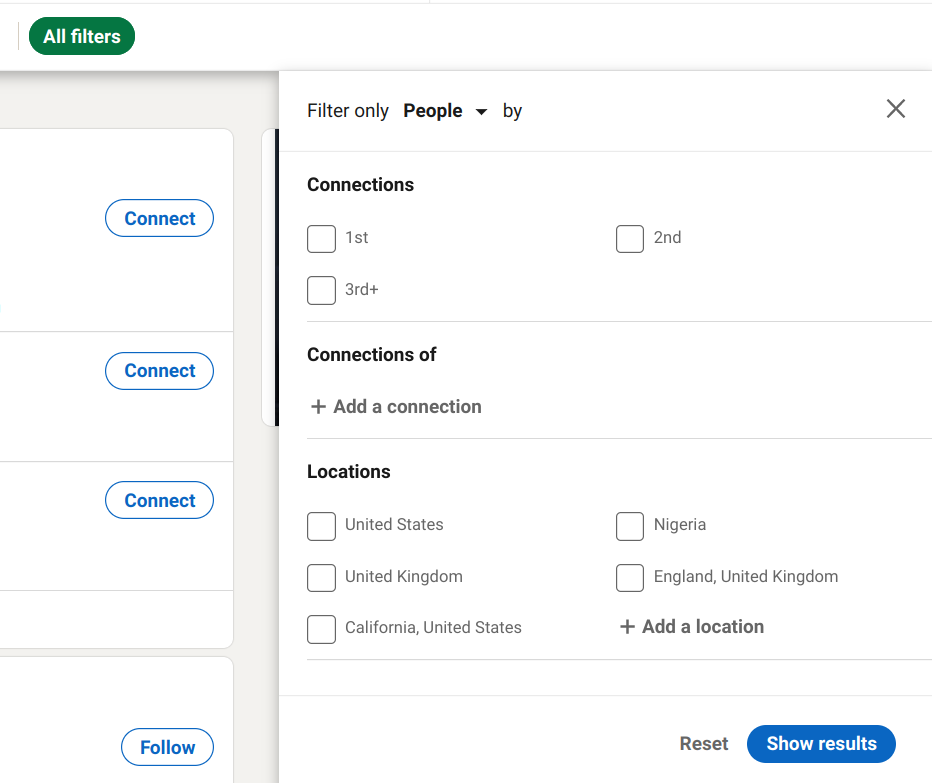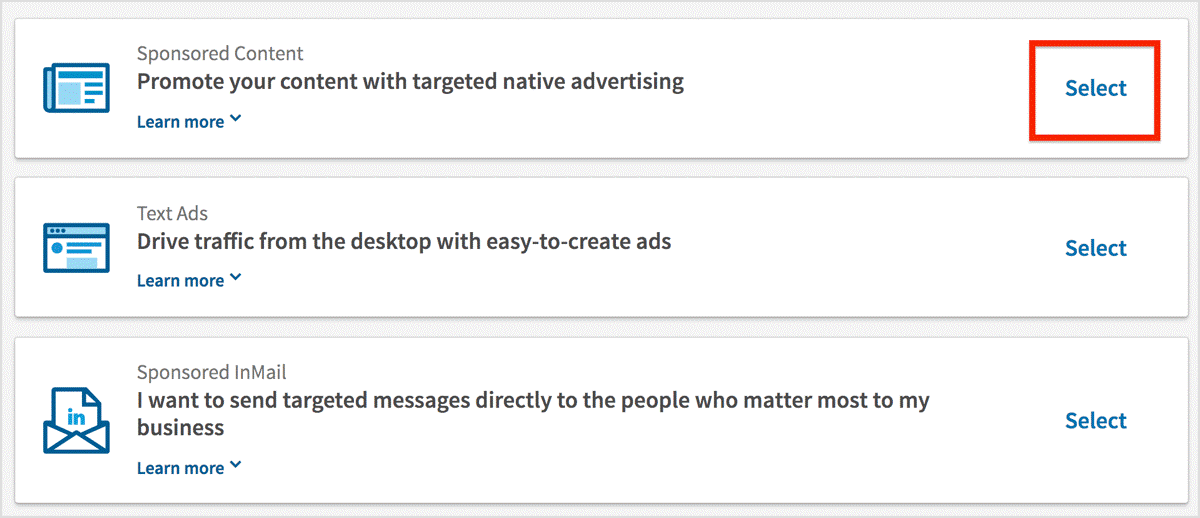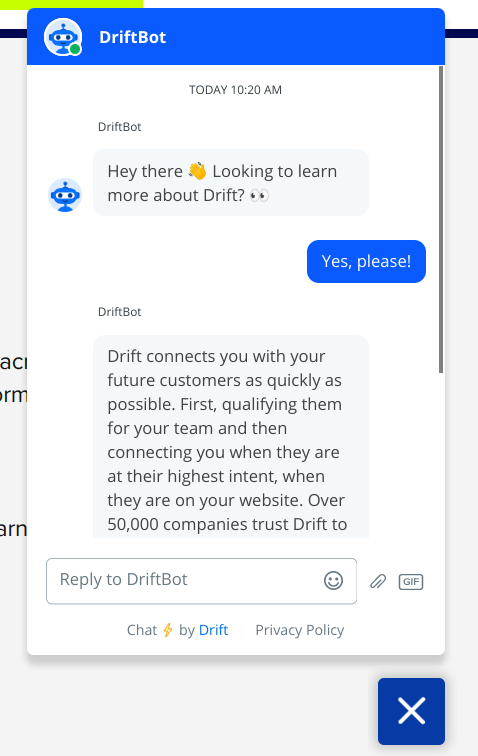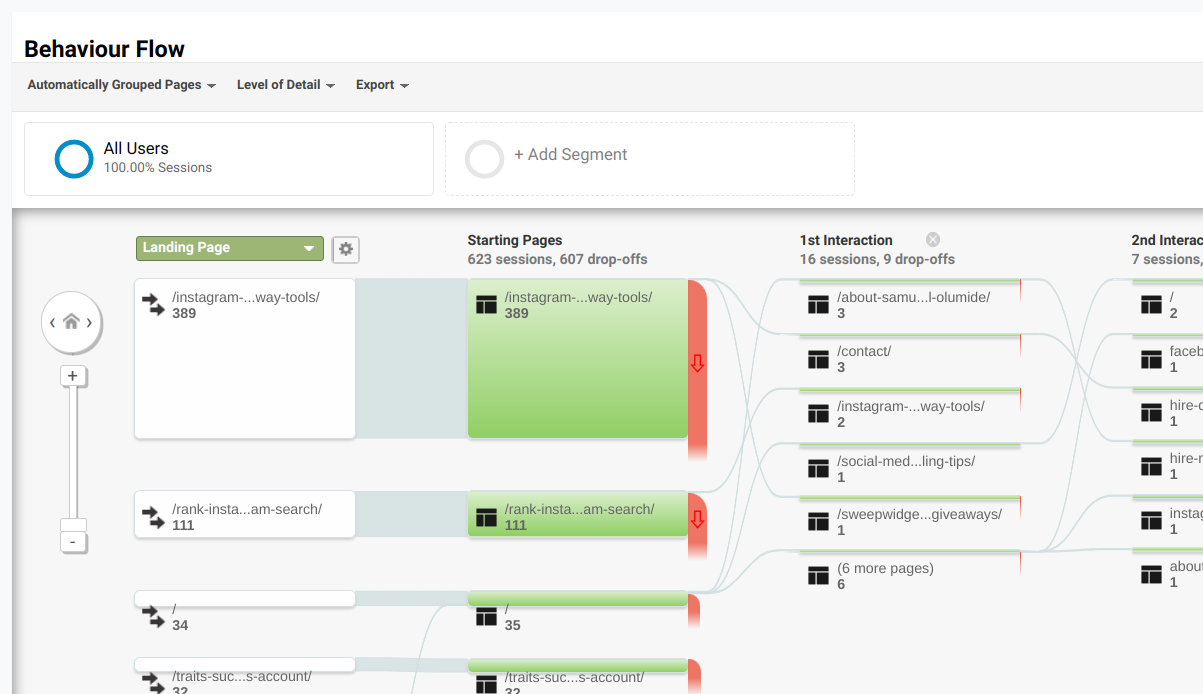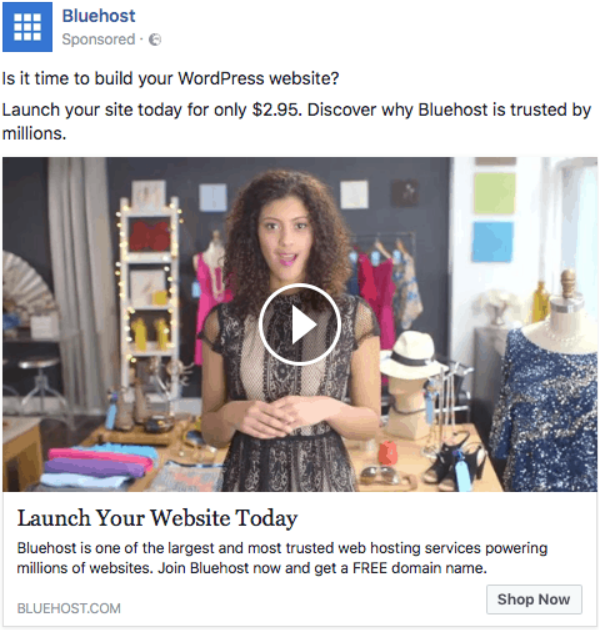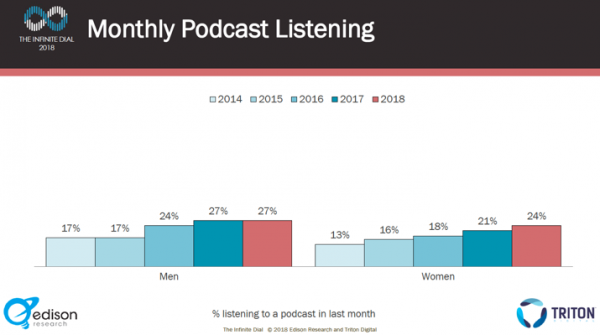Marketing is becoming tougher by the day. Because every business has woken up to the benefits of online marketing to their bottom line.
For B2B marketers, things are even more difficult. Due to the amount of revenue at stake, there’s a higher level of competition for B2B buyers.
Amidst the tough competition for B2B companies, COVID-19 made marketing even more challenging last year. With COVID 19 changing how people conducted business, marketing teams had to adapt too.
How will you launch marketing campaigns this year that will put you ahead of the competition? How will you capture more B2B buyers?
One way to give yourself the best chance is to exploit B2B marketing trends. This could involve implementing technology or an effective marketing approach.
How will you launch marketing campaigns this year that will put you ahead of the competition? How will you capture more B2B buyers? One way to give yourself the best chance is to exploit B2B marketing trends. Share on XLuckily, I’ll be exploring 10 B2B marketing trends that will matter this year. Check out these trends and how they can affect your marketing campaigns.
1. Account-based marketing (ABM)
Over the years, account-based marketing (ABM) has gotten one of the popular b2b marketing trends among marketers. And that’s not just because it’s the latest fad. In reality, ABM has proven effective for marketers.
What is account-based marketing? Account-based marketing involves creating a personalized marketing strategy for a high-level account or organization. This is especially effective for B2B marketing where sales can run into thousands of dollars.
Having said that, there are essential steps you need to take to get the best results from ABM. First, you have to identify high-level accounts for your business.
Which organizations are likely to bring in the highest revenue in the long term? What amount of potential revenue will trigger ABM for an account?
These details are important because you can’t apply ABM to every account. To identify these high-level accounts, sales and marketing departments will have to collaborate closely.
After that, you have to understand and document how each account makes its purchase decisions. Who are the decision-makers?
Once you do that, you need to decide the best marketing channel to reach each account. Then, the next step is to create personalized content. While it may be difficult to create personalized blog posts for each account, you should explore other content types.
These include personalized case studies, testimonials, social media posts, emails, and more. Also, you can create social media ads for your target accounts.
For instance, Facebook allows you to target companies and specific positions at those companies. Another great example is LinkedIn which provides an option for account-based marketing. One advantage you get with ABM is that these personalized content pieces can still work for other prospects.
Since no marketing strategy is perfect, you need to measure results from your ABM campaigns and use insights to improve your future campaigns.
With ABM, organizations will feel you understand their problems and see how your products can solve them. Consequently, they’ll be more open to purchasing your products.
RELATED: How to turn Account Based Marketing into the Best Marketing Strategy for your Business
2. Marketing automation
While marketing automation is one of the popular b2b marketing trends, many businesses still struggle to use it to capture more leads and convert them to customers. Meanwhile, marketing automation can help move leads at the top of your sales funnel to the middle and bottom.
Marketing automation is a piece of technology that allows you to automate marketing actions based on triggers from your contacts. With this technology, you can automate repetitive tasks to focus on other vital marketing tasks. B2B marketing automation allows you to personalize your messages to your prospects.
Considering their potential investment, your prospects expect nothing less than this. Marketing automation makes it easy to automate tasks such as email campaigns, social media posting, ad campaigns, SMS, push notifications, and more.
These tasks fall into various aspects of marketing and sales. They include:
- Lead generation
- Lead scoring
- Lead nurturing
- Closing sales
- ROI measurement
Your marketing automation strategy starts when a visitor lands on your content page. Here, you can educate your audience to create demand for your products and services.
With a marketing automation platform, you’ll have tools to acquire visitors’ information. Therefore, visitors can easily fill your forms to learn more about what benefits their business can obtain.
After creating demand to capture leads, you can effectively nurture those leads with marketing automation. Lead nurturing can include sending emails, phone calls, video calls, and more to provide information the lead needs to make their purchase decision.
Fortunately, The Annuitas Group found that businesses that use marketing automation to nurture prospects get a 451% increase in qualified leads. Beyond acquiring qualified leads, marketing automation has tools to convert those leads into customers.
Moreso, marketing automation enhances better collaboration between sales and marketing departments. That said, you need a robust marketing automation tool to get the best results from automation.
Two tools you can check out are HubSpot and Active Campaign. Then, you need to train your team members to create the right automations and workflows for marketing activities.
With B2B marketing automation, you can personalize your messages to each lead and free your marketers for other vital activities.
3. B2B influencer marketing
When you hear about influencer marketing, it’s usually in B2C marketing and on social media. But B2B marketers can use influencer marketing to great effect too and is among the top b2b marketing trends that marketers need to follow this year.
Of course, there should be a difference in how you approach influencer marketing compared to a B2C company. Usually, B2C marketers use macro-influencers while B2B marketers use micro-influencers.
Micro-influencers may have a lower number of followers than macro-influencers, however, they have a strong influence on their followers. After all, they are industry experts who have built trust based on their years of experience and expertise.
According to a Demand Gen Report survey, 64% of B2B buyers frequently found content authored by a third-party publication or analyst credible.
Perhaps, this is because influencers value their reputation and are likely to present accurate analysis. Say you want to spend $70,000 on a new car, you’d listen to what your auto mechanic has to say rather than the manufacturer, right?
To launch your influencer marketing campaign, you have to set a goal and find influencers that your potential buyers trust. There are even bonus points if the influencers have advocated for your product in the past or currently use it.
Once you find these influencers, you’ll need to interact to agree on content types and platforms to promote your product. Ideally, you should provide as much product information as possible to the influencer.
Furthermore, the influencers can add their input on the best content for their audience. These content types include social media posts, podcasts, blog posts on authoritative websites, and more.
After the campaign, it’s essential to track metrics related to your goal. These could be reach, referral traffic, number of leads acquired, sales, and more.
Keep in mind that B2B influencer marketing may take time to deliver results, unlike B2C. In a nutshell, influencer marketing can increase trust in your product and lead prospects towards the purchase.
CHECK THIS: 13 Tips From Industry Experts On Navigating The New Wave Of Influencer Marketing
4. Interactive content
I’ve never seen a B2B marketer who says, “that’s enough engagement,” and you won’t find one. For starters, marketers toil day and night to improve such metrics.
That’s why interactive content is one of the most popular b2b marketing trends every marketer needs to exploit in 2021. By definition, interactive content is a type of content that requires action from users rather than passive consumption.
I’ve never seen a B2B marketer who says, “that’s enough engagement,” and you won’t find one. Share on XWhile long-form written content will always be relevant, interactive content can pull prospects towards the bottom of your sales funnel. According to a survey, 93% of marketers agree that interactive content effectively educates buyers compared to 70% for static content.
Some types of interactive content include infographics, polls and surveys, calculators, and more. First, you can capture leads through this type of content as you can require their details before consuming the content.
Even more, interactive content provides an opportunity to gain insight into your prospects’ preferences. For instance, you can ask vital questions about your product during a survey and use the answers to improve your product.
In some cases, calculators can take leads through the cost of your product depending on the customer’s needs. Alternatively, decision-makers in your target business can calculate their potential ROI from using your product.
For example, we have a ROI calculator and projection tool for visitors and potential clients:
Using interactive content will help to engage your leads and keep them longer on your website. As a result, you’re more likely to convert those leads to customers.
5. Video marketing
If you’re running B2B marketing campaigns this year, then you already know about video marketing. So it’s not exactly a new b2b marketing trend.
But videos are getting more popular, and businesses will create a lot of videos this year. All because potential buyers watch videos. For instance, 70% of B2B buyers watch videos as a part of their research, and nearly half of buyers watch 30 or more minutes of videos.
What are the potential applications of videos in your overall B2B marketing strategy? You can use videos for product description, product tutorials, customer testimonials, case studies, and more.
Even when you have a long-form written piece, you can repurpose it into a video for wider reach. When making videos, you have to consider some factors to achieve the best results possible.
First, you need to set a goal for your video and determine the applicable stage of the sales funnel. Another important consideration is the tool you want to use.
You’ll find many easy-to-use video tools that will provide templates for different use cases. An example of such a tool is InVideo.
Luckily, you can use these videos on your website and social media pages. Beyond that, you need to develop a presence on YouTube.
After all, YouTube is the largest video platform and the second largest search engine. This means many buyers will carry out their research on the video platform.
Video marketing helps you to present your marketing messages in an easy-to-consume format. Consequently, you can convert prospects that could otherwise be lost.
YOU MIGHT ALSO LIKE: 9 First-Time Video Marketing Mistakes and How to Avoid Them
6. LinkedIn marketing
For years, LinkedIn has been a major social media platform for B2B marketers. And it will continue to maintain that reputation this year.
With nearly 740 million professionals on LinkedIn, you’ll find potential B2B buyers for your products. Apart from that, 80% of all B2B social media leads come from LinkedIn.
In light of this, how can you get the best results from LinkedIn marketing? First, you need to optimize your LinkedIn company page.
Ensure you use an attractive header image that represents your brand voice. Another important detail is your company description that explains the benefit a buyer will gain.
Before a LinkedIn user clicks through to your website, they’ll go through these details. If they find your page uninspiring, it’s unlikely they’ll visit your website, and you may lose a potential lead.
In addition to leads finding your company, you can also find them through advanced search. Here, you can specify the location, relationship, job description, and more.
Beyond posts on your company page, employee advocacy can persuade even more prospects. So, encourage your employees to post about their workplace and exciting products they work on.
If you want fast results, you can run LinkedIn ads with options such as sponsored posts, sponsored InMail, text ads, dynamic ads, and more. In fact, LinkedIn also allows you to implement account-based marketing.
Put simply, if you want to capture B2B leads on social media, then LinkedIn is a platform you have to take seriously.
CHECK THIS OUT: LinkedIn Advertising Services
7. AI and machine learning
To some B2B marketers, artificial intelligence (AI) is a threat. But in reality, AI and machine learning can improve your effectiveness as a marketer.
That’s because of its various applications in marketing. One of such applications is lead scoring. Rather than wasting your time and energy on cold leads, AI can analyze leads.
In return, it will score leads based on their similarity to your current customers. This way, you can focus on B2B leads that are likely to purchase your product.
Another application is AI chatbots, one of the popular b2b marketing trends to follow. When prospects visit your website, they may need some information that will affect their purchase decision.
With AI chatbots, they can get important information when they need it. Even more, AI chatbots improve their capabilities as they handle more chats from visitors.
And in cases where your AI bot can’t answer a question, it will alert a customer support rep to take over.
Here’s an example from Drift:
This ensures visitors can have their questions answered and move further down the sales funnel.
Another great application of AI is predictive analytics. Predictive analytics uses machine learning to create models from large historical datasets and use those models to predict future events.
For instance, AI can create your ideal B2B buyer model from your customers’ and industry data. As a result, you can quickly identify prospects to focus on.
There are even more AI and machine learning applications such as content optimization, personality insights, and more.
Even if you’re unconscious of it, you’re already experiencing the impact of AI in your marketing activities. You can exploit it more this year to boost your results.
8. User behavior analysis
Since most B2B buyers will visit your website before buying, your website is a gold mine of information. Beyond what visitors will tell you, you can track their behavior and see what they do as well.
Two robust tools you can use to track user behavior are Google Analytics and Mixpanel. For instance, these tools provide behavior flow to see how most visitors navigate your site.
You can see your popular entry and exit pages. Moreso, you’ll find pages with high and low exit rates.
Another detail you’ll find useful is the time spent on your landing pages and their conversion rates. With Google Analytics, you can even set conversion goals and track them.
Frankly, the amount of information you can obtain here is limitless.
Another way to track user behavior is to use a heatmaps tool like Inspectlet, Crazy Egg. With this, you’ll see the areas of your pages users dwell on most.
Consequently, you can place vital elements in those areas. Beyond that, you can create screen recordings to see how visitors scroll through your web pages.
What user behaviors on your website indicate the likelihood of buying? You can track those behaviors to make better marketing decisions.
9. Remarketing ads
The reality every marketer has to face is that you can’t convert every visitor to your website. This reality might be even more prevalent for a B2B company. After all, your potential buyers have to explore various options before committing.
Nevertheless, you can convert many more than you’re currently converting. By using remarketing ads, you’ll have the capability to attract these “lost” visitors back to your website. Better still, you can create remarketing ads based on the specific page a user has visited.
A vital edge remarketing ads have over traditional ads is that your recipient is already aware of your brand. So, they’re more likely to click on your ads.
What are some considerations to keep in mind while running retargeting ads?
One is that you need to consider the stage of the sales funnel of a “lost” visitor. Have they visited a blog post or a landing page or a product specification page?
Are they at the top or bottom of the sales funnel? This will determine the type of ad that will attract them.
Furthermore, it’s important to show them a different page compared to the page they saw initially. If that page didn’t convert them the first time, it’s unlikely to convert them the second time.
Since B2B purchases usually involve many decision-makers, you should try to get your ads to as many people as possible from a B2B account.
Some popular platforms for B2B remarketing ads are Google, Facebook, and LinkedIn. With Google, you can also create remarketing lists for search ads (RLSA). This means visitors to a particular page will see your ads when they search for your specified keywords.
WordStream is a B2B remarketing ads case study that shows the effectiveness of this trend. Specifically, WordStream increased conversions by 51% and time on site by 300% through remarketing ads.
Here’s an example of a B2B remarketing ad from Bluehost:
With this Facebook ad, Bluehost has provided vital information to a potential hosting buyer. Even with the short copy, Bluehost managed to show the cost, social proof, and a bonus for new users.
With remarketing ads, you can send attractive offers to people who already know your brand and have shown interest in your product. Consequently, it becomes easier to increase conversions and get a healthy ROI.
10. Podcasts and voice engagement
Most of the B2B decision-makers you’re trying to convert are people with a lot to do and little time available. Therefore, they may never have hours to read your marketing content.
Many of these managers and executives have turned to podcasts and other audio content. This way, they can listen to content while doing exercise or driving.
To illustrate its popularity, a study by Edison Research and Triton Digital showed that 26% of Americans listened to podcasts as of 2018. That’s about 73 million Americans. From the chart, you’ll see a steady increase in podcast numbers over the years.
Now, one of the main attractions of podcasts is the guests you feature. Therefore, ensure you bring in B2B influencers that your potential buyers already know and trust.
Beyond that, you need to invest in quality podcast equipment to produce high sound quality. Another way to increase engagement is to involve your listeners. Tell them to submit their questions, catchphrases, or even enter for an opportunity to appear as a guest.
Furthermore, you can learn from your popular episodes and create similar episodes in the future. To reach a bigger audience, ensure you reach out to appear as a guest on other industry podcasts.
Beyond podcasts, you can turn your blog posts into audio format. This means a page visitor can choose to listen to your post rather than read.
As people try to juggle so many tasks today, podcasts and other forms of voice engagement will enable you to reach them. Consequently, you can get your messages across and turn them into leads and customers.
Conclusion on B2B marketing trends
As a B2B marketer, you want to capture more leads and customers this year. However, your marketing strategy last year or 5 years ago may be less effective now.
That’s why you should take note of these b2b marketing trends you can exploit to achieve better marketing results. Of course, I’m not saying you should implement all these 10 strategies right now.
But the least you can do is to analyze these b2b marketing trends and implement those that will produce better results with your ideal buyers.
If you need guidance on how to do this or want us to do it for you, please contact us for more information.


